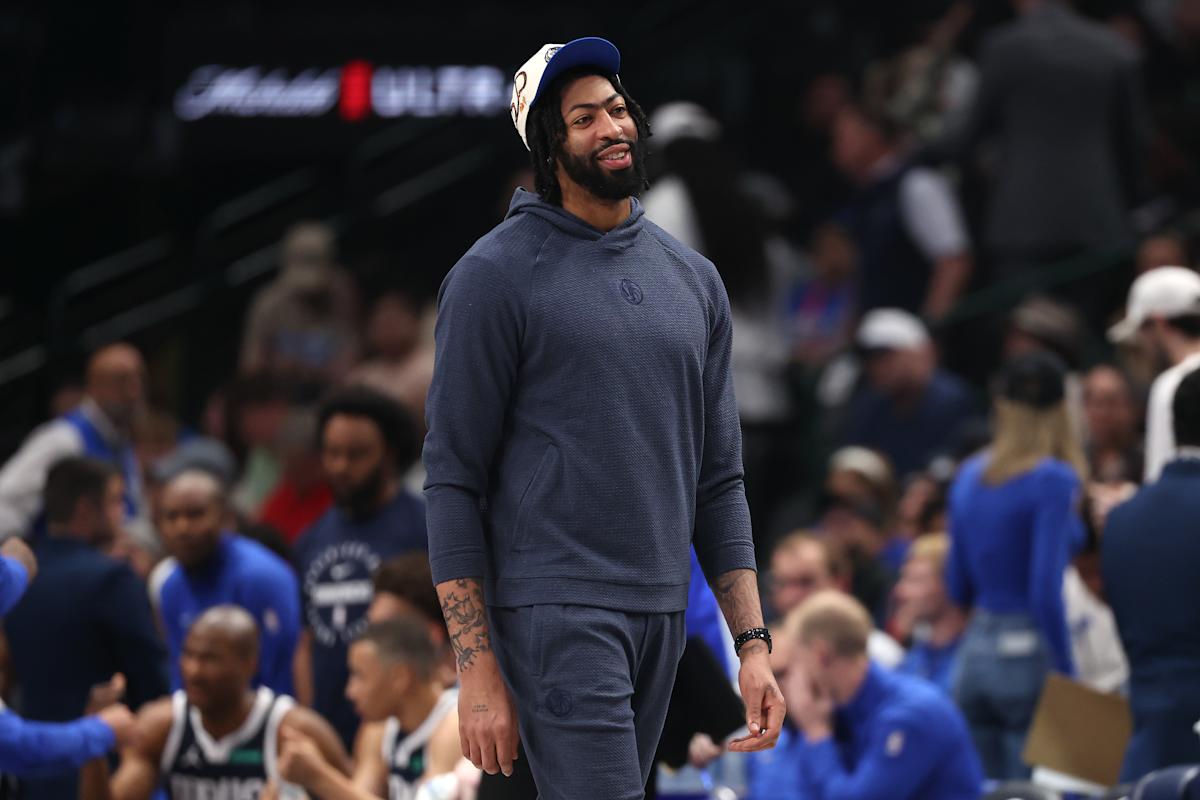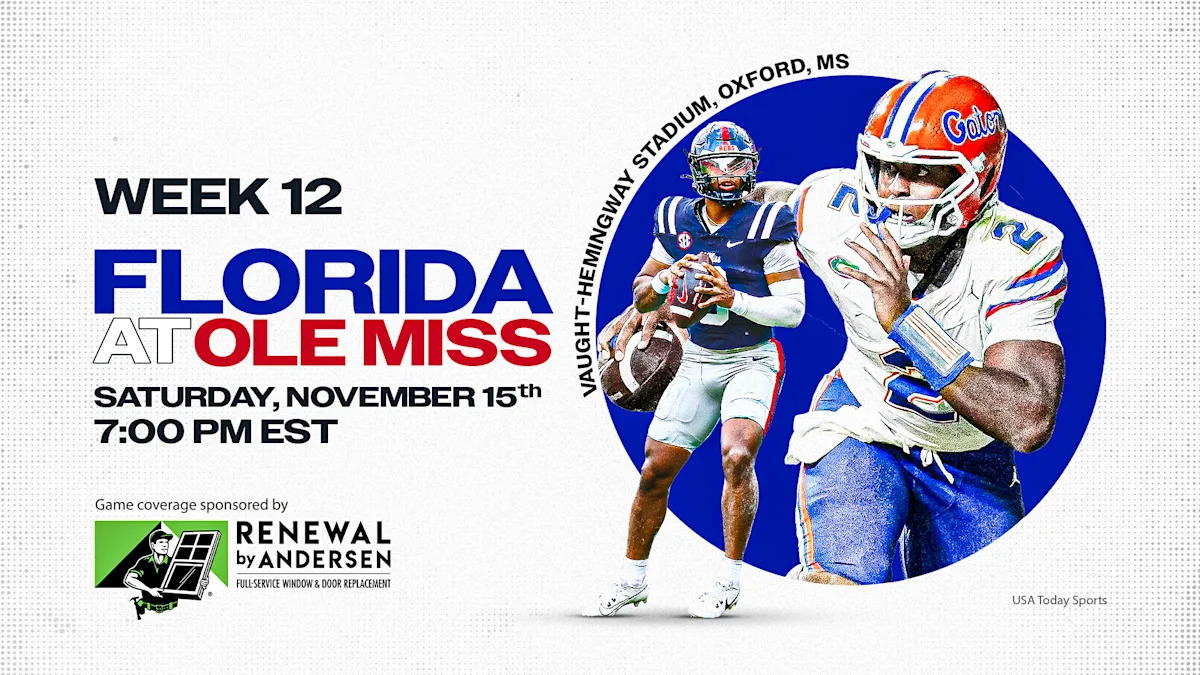Over 17.8 million Americans played tennis in 2023, according to the Physical Activity Council, and most of them stepped onto court wearing the wrong shoes for the surface (PAC, 2024). It’s a mistake that goes unnoticed until your footing fails mid-rally, or worse, your knees and ankles start protesting after every match.
Recreational players often focus on racket specs, grip sizes, or string tension, yet ignore how the court beneath them impacts movement, performance, and even injury risk. The surface you play on shapes how you slide, push off, stop, and recover. And your shoes either help or hurt that process.
Hard, clay, grass, and hybrid courts all behave differently. Each demands a distinct balance of traction, cushioning, and stability. Wearing a hard-court shoe on slick grass or a clay-specific model on asphalt won’t just slow you down, it could leave you limping.
In this guide, we’ll break down how court surfaces affect your footwork and explain exactly what to look for in tennis shoes tailored to each type. From outsole patterns to midsole support, you’ll learn how to choose the right pair for your game, and avoid the common mistakes that hold players back. Let’s start with why court surface matters more than most players think.
Why Court Surface Matters More Than You Think
Every court asks something different of your legs, balance, and timing. What feels like a stable push-off on hard court can turn into a slip on grass or an awkward slide on clay. That’s why understanding surface-specific movement, and wearing the right tennis shoes for each type, isn’t optional if you care about performance or injury prevention.
Movement & Stability Are Surface-Dependent
The texture, pace, and bounce of each court surface affect how you move. Below is a quick breakdown of what that looks like in real play:
Court Surface
Movement Style
Bounce
Footwork Challenge
Hard Court
Explosive starts, quick stops
High
High impact on joints; requires cushioning
Clay Court
Controlled sliding, wide lateral steps
Slow
Demands traction and slide control
Grass Court
Short, fast steps; constant adjustment
Low and skiddy
Slippery and uneven; needs grip and agility
Hard courts reward aggressive footwork but punish joints with repeated impact. Clay slows down play and encourages sliding, but only if your shoes can control it. Grass forces quick adaptation and a lower center of gravity, especially on points that end in just two or three hits.
If your shoes don’t match the surface, your footing suffers, and so does your confidence on court.
Wrong Shoes = Injury and Poor Performance
Wearing the wrong tennis shoes isn’t just inconvenient. It can create serious physical problems over time. Traction that’s too strong on a clay court can catch your foot mid-slide and strain your knee. On grass, a flat hard-court sole offers little grip, increasing your chances of slipping and rolling your ankle.
Some common issues tied directly to shoe-surface mismatches:
Hard Court Shoes on Grass → Too slick, unstable stops
Clay Shoes on Hard Court → Premature outsole wear, poor shock absorption
All-Court Shoes on Clay → Inconsistent traction, risky for lateral movement
Tennis shoes are not one-size-fits-all. Choosing the right pair means choosing protection. It also means being able to play your best, no matter how demanding the surface. In the next section, we’ll break down the unique characteristics of each surface so you know exactly what kind of shoe to look for.
A Quick Breakdown of Tennis Court Surfaces
Understanding how each surface plays helps you make smarter choices, not just in how you move, but in what you wear. Below is a clear breakdown of the main court types and what kind of shoes they demand.
Hard Courts (Acrylic or Asphalt)
Hard courts dominate public parks and schools across the U.S., making them the most common surface for recreational play. They offer a consistent, high bounce and favor aggressive movement, but they’re unforgiving on the joints.
Play Style Impact: Fast pace, quick changes of direction, high-impact landings
Footwear Needs:
Durable outsoles that won’t wear down after a few weeks
Cushioning that absorbs shock from jumps and sprints
Reinforced uppers to handle abrasion from court contact
Players who train frequently on hard courts need shoes built to last—both for performance and joint health.
Clay Courts (Red or Green Clay)
Clay slows everything down, rallies, serves, and your footwork. Found in tennis academies and private clubs, clay courts reward patience and precision. They also demand more from your shoes when it comes to grip and lateral control.
Play Style Impact: Long rallies, baseline grinding, heavy lateral movementFootwear Needs:
Herringbone tread pattern to enable controlled sliding
Lightweight design to stay agile
Tighter-knit uppers to keep clay from seeping inside the shoe
A shoe that can’t manage lateral force or let’s dust build up underfoot becomes a liability on clay.
Grass Courts (Natural Grass)
Grass is rare, typically reserved for country clubs or tournaments, and it plays faster than any other surface. With low bounce and unpredictable footing, every step requires balance and micro-adjustments.
Play Style Impact: Short points, quick reflexes, soft landingsFootwear Needs:
Outsoles with small nubs or pimples to bite into slippery turf
Flexible midsoles for responsive, low-to-the-ground movement
Lightweight build to help maintain stability on uneven ground
Wearing the wrong sole on grass can feel like running on ice, only less forgiving.
Artificial or Hybrid Surfaces (Carpet, Synthetic Clay, etc.)
These surfaces are used in indoor facilities or regions with colder, wetter climates. Each material behaves a little differently, some mimic clay, others play closer to fast carpet. Because of that, your footwear needs flexibility.
Play Style Impact: Variable; depends on material speed and gripFootwear Needs:
All-court outsoles that provide decent grip across multiple textures
Moderate cushioning to adapt to surface hardness
Shoes that pass facility rules (some indoor clubs have shoe restrictions)
If you switch between different clubs or play on mixed surfaces, a well-designed all-court shoe can keep you prepared without compromising comfort or movement.
Each surface has its own rhythm. Matching your shoes to that rhythm isn’t a luxury—it’s essential if you want consistent footing, fewer injuries, and smarter movement. In the next section, we’ll look at how tennis shoe design changes to match these surfaces, from outsole patterns to upper construction.
How Tennis Shoe Design Varies by Court Surface
Court-specific demands don’t stop at the surface, they shape every part of the shoe. From the sole’s grip to the structure of the upper, good tennis shoes are built with purpose. Here’s a look at how each element adapts to match the movement, force, and friction of different surfaces.
Outsole Patterns: Grip That Matches the Ground
Every tennis surface reacts differently underfoot. That’s why outsole tread matters more than most players realize.
Surface
Outsole Design
Function
Hard Court
Flat rubber with pivot points
Withstands abrasion and supports quick stops/starts
Clay Court
Full-length herringbone (zigzag) tread
Sheds clay and allows controlled sliding laterally
Grass Court
Small nubs or pimples
Prevents slipping and helps grip the slick, soft surface
All-Court
Hybrid design combining multiple tread styles
Offers decent grip across varied textures
A mismatched outsole won’t just reduce traction, it can throw off your balance during directional changes or slides.
Midsole Cushioning and Stability: Shock Control Where You Need It
Tennis is demanding on your joints, especially when the court’s surface fights back. That’s where midsole composition comes into play.
Hard Court: The surface doesn’t absorb much impact, so shoes need denser cushioning and structural stability to support knees and ankles.
Clay Court: A bit more forgiving underfoot, clay calls for lighter midsoles that provide responsiveness and allow better court feel without excess bulk.
Grass Court: Movement tends to be lower to the ground, so a balanced design, firm enough to stay stable but soft enough to absorb low-bounce movement, is ideal.
Poor midsole design can leave players with sore arches or unsteady landings, especially over long rallies.
Upper Materials and Durability: Built to Handle the Surface
Uppers don’t just hold the shoe together, they protect your foot and keep performance consistent, especially over time.
Hard Courts: These wear down shoes quickly, so reinforced uppers (synthetic leather or layered mesh) are preferred to guard against scuffs and toe drag.
Clay Courts: Fine dust works its way into everything. Shoes built for clay usually feature tight-knit mesh or synthetic wraps to block debris.
Grass Courts: Friction is low and contact is softer, so materials can be more flexible and breathable, focusing on lightness rather than toughness.
Without surface-aware uppers, shoes may break down early or let in too much dirt, both of which affect performance more than most players expect.
Each design element, sole, cushion, upper, acts like a tool. The better it matches the surface, the better you move, stop, and recover. Next, we’ll show you exactly which shoes stand out in 2025 for each court type, so you can make a smart pick without second-guessing.
Best Tennis Shoes by Surface Type (2025 Picks)
The right shoe doesn’t just fit your foot, it matches the court under it. Below are the top tennis shoe picks for 2025, organized by surface type. Each pair stands out for its design alignment with how that court plays. Whether you’re a weekend player or training for competition, you’ll find options that prioritize grip, comfort, and durability where they’re needed most.
Hard Court Shoes
Hard courts demand more from your body and your shoes. High-impact landings, abrupt stops, and relentless friction require footwear that can take a beating while still protecting your joints.
Model
Key Strengths
NikeCourt Air Zoom Vapor Pro 2
Responsive cushioning, low-profile control
ASICS Gel-Resolution 9
Maximum stability, high shock absorption
Adidas Barricade
Durable upper, reinforced toe protection
Each model includes dense midsoles and hard rubber outsoles, helping absorb impact without losing speed on sprints or slides.
Clay Court Shoes
Sliding without slipping. That’s what clay court shoes need to deliver. The surface demands a very specific tread pattern and minimal weight so you can move laterally and recover quickly during longer points.
Model
Key Strengths
Babolat Jet Mach 3 Clay
Ultra-light with structured stability
Nike Zoom NXT Clay
Breathable upper, designed for smooth sliding
Adidas Adizero Ubersonic 4 Clay
Flexible fit, full herringbone outsole
Every pair in this group features a full herringbone tread, designed to shed clay dust and maintain directional traction across the baseline.
Grass Court Shoes
Grass is fast, slick, and unpredictable. You need shoes that can adjust with every bounce—and still give you grip without locking your feet in place.
Model
Key Strengths
NikeCourt Vapor Pro Grass
Grass-specific sole with grippy nubs
New Balance 996v4 Grass
Low ride height, natural foot alignment
Asics Court FF Grass
Hybrid of control and comfort on quick shifts
All three models use pimples or small nubs on the outsole, giving players traction without digging into the grass surface too harshly.
All-Court Shoes
If your schedule includes public hard courts, indoor carpet, or synthetic clay, sometimes all in the same month, an all-court shoe saves you from rotating pairs constantly. These are built to perform acceptably across most surfaces.
Model
Key Strengths
K-Swiss Hypercourt Express 2
Soft yet supportive, excellent out-of-box comfort
Yonex Power Cushion Eclipsion 4
Stable under pressure, great for varied footwork
Wilson Rush Pro 4.0
Balanced ride for versatile surface use
Each model balances cushioning, grip, and flexibility without overcommitting to a single surface style—ideal for multi-court players or club league regulars.
Your choice of shoes should reflect where you play most, how you move, and how long you stay on court. In the next section, we’ll show you how to factor in your playing style and court frequency to make the smartest shoe choice for your game.
Tips for Choosing the Right Tennis Shoes Based on Your Game
Matching your shoes to the court is only half the equation. Your playing habits, where you play, how you move, and what your body can handle, should guide the final decision. Below are three key areas to consider before buying your next pair.
Know Your Most Played Surface
Your home court matters more than your wishlist. Even if you admire clay or grass shoes, the best fit depends on where you actually spend time playing.
Public parks and school facilities? You’re likely on hard courts.
Private clubs or academies? Clay courts are common.
Indoor courts in cold climates? Expect hybrid or carpet surfaces.
If you consistently play on one surface, surface-specific shoes are worth the investment. But if your schedule rotates between different venues, all-court shoes might serve you better in the long run.
Consider Your Playing Style
Shoes should complement, not fight, your natural movement on court. Start by identifying how you move and where you spend most of your time.
Playing Style
What to Look for in Shoes
Aggressive movers
Outsoles that support rapid cuts and wide stances
Frequent sliders
Herringbone tread and durable sidewalls to control lateral movement
Baseline grinders
Strong cushioning and arch support for extended rallies
All-court players
Balanced tread patterns and stability across heel-to-toe transitions
Players who move heavily on their toes need reinforcement in the forefoot. If you tend to wear down the outside of your soles, look for lateral support systems built into the midsole.
Prioritize Fit, Break-In Time, and Comfort
No tread pattern will save your game if the shoe doesn’t fit right. Poor fit leads to heel slippage, blisters, or pressure points that disrupt focus and shorten your time on court.
Keep these quick-fit rules in mind:
Make sure there’s a thumb’s width of space in front of your toes.
Your heel should feel locked in place without tightness.
Try new shoes on with the socks you wear during matches.
Also, don’t judge a shoe on day one. Some models, especially stability-focused ones, take a few sessions to mold to your foot. Rotate between your new and old pair during the first week, and replace shoes every 45–60 hours of active play for optimal support.
Choosing the right tennis shoe means listening to your game, not just following trends. In the next section, we’ll show how TennisPAL can help you get smart about gear by connecting you with courts, coaches, and other players in your area.
How TennisPAL Helps You Choose and Use the Right Gear
The more you know about where and how you play, the easier it becomes to find shoes that truly fit your game. TennisPAL doesn’t just help you stay on court, it gives you the context to make smarter gear choices every time you lace up.
Book Courts by Surface Type
Not every public court lists its surface type clearly, but TennisPAL removes the guesswork. The app’s court locator tool shows nearby courts with details like surface type, lighting, and access hours. So if you’re switching between hard, clay, and synthetic courts week to week, you’ll always know what you’re walking into, and what shoes to wear.
Get Gear Advice from Local Players
Your location often determines what gear works best. By connecting with other players nearby, you can find out what shoes they trust for local surfaces. Whether you’re new in town or just returning after time off court, the built-in messaging and community features let you tap into collective experience, without having to guess what to wear.
Join Events and Discover Gear Discussions
The app also lets you join local tennis events, meetups, or tournaments, many of which include side discussions around shoes, strings, and racquets. You might even find demo days or local tennis shops featured in event listings, making it easier to try gear before you commit.
Conclusion
Court surface shapes your movement, balance, and reaction time. Choosing the wrong shoes doesn’t just affect your performance, it opens the door to injury. That’s why it pays to match your footwear to the surface you play on most.
Hard courts demand durability and shock absorption. Clay courts reward traction and slide control. Grass courts need flexibility and grip you can trust. Don’t settle for one-size-fits-all gear when your game deserves better.
Ready to elevate your play? Use TennisPAL to find courts, connect with experienced players, and discover shoes that match your movement, on any surface.























